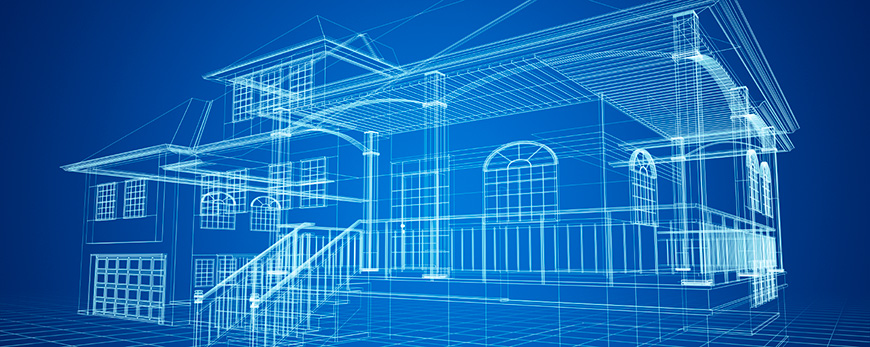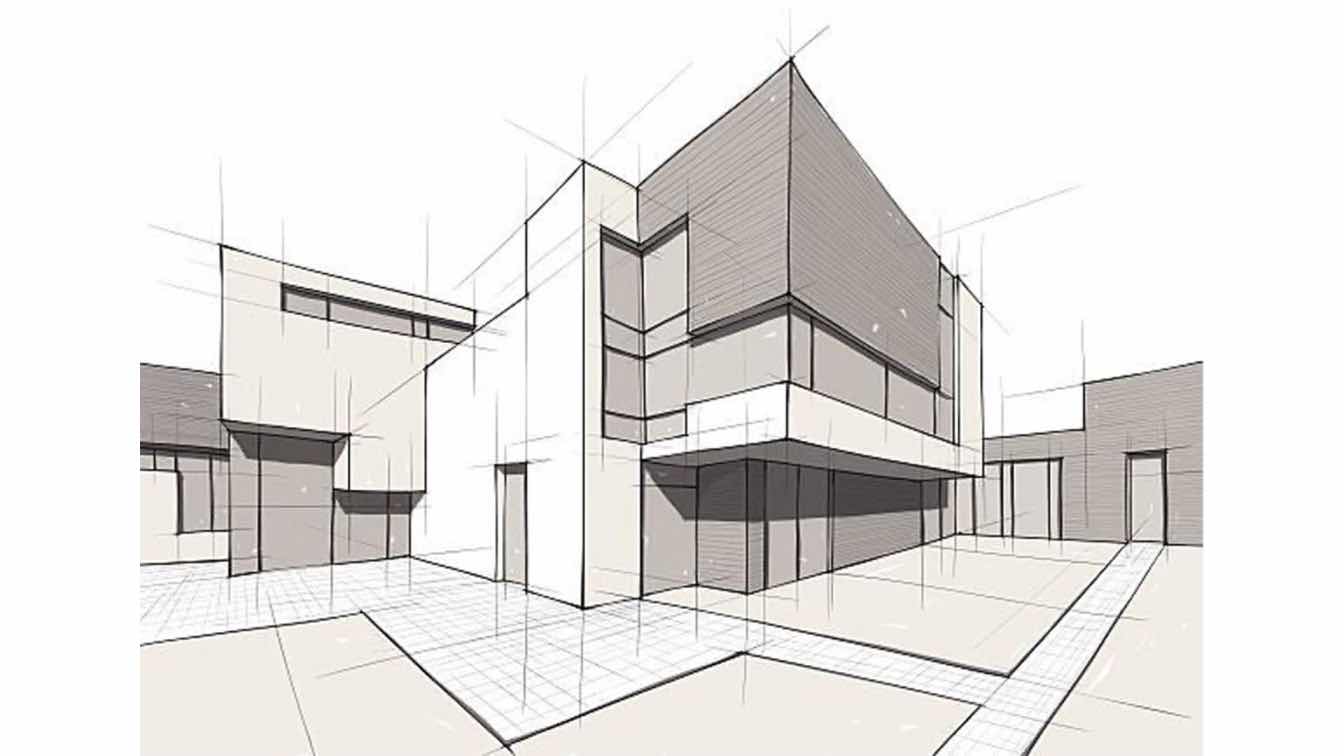Exactly How CDA Architects Provide Cutting-Edge Solutions for Sustainable Design
Exactly How CDA Architects Provide Cutting-Edge Solutions for Sustainable Design
Blog Article
An Extensive Introduction of Building Designs and Their Impact on Modern City Preparation and Advancement
Architectural styles have actually long acted as a mirror to the social worths and technical improvements of their time, playing an essential function fit contemporary city planning and advancement. From the splendour of Neoclassicism to the practical approach of Brutalism, each design has actually introduced unique concepts that influence metropolitan visual appeals and functionality. As contemporary challenges arise, consisting of sustainability and neighborhood demands, recognizing these historic frameworks becomes important. The resulting dialogue not just notifies future style practices but additionally elevates significant concerns about the equilibrium in between heritage and advancement in our developing urban landscapes.
Historic Introduction of Building Styles

As societies transitioned through the Middle Ages, Gothic style arised, defined by its verticality and elaborate detailing, matching the spiritual aspirations of the era. The Renaissance noted a resurgence of classical perfects, combining art and design in innovative manner ins which influenced succeeding designs across Europe.

Today, architectural designs remain to develop, driven by globalization and sustainability concerns, reflecting a dynamic interaction between heritage and advancement. This historic summary emphasizes the value of design as a mirror of social evolution and as a driver for metropolitan growth.
Key Architectural Styles Explained
The variety of building styles shows the myriad influences that form our built setting, each embodying unique attributes and social significances. Secret architectural styles include Classic, Gothic, Baroque, Innovation, and Postmodernism, each standing for one-of-a-kind historical contexts and visual viewpoints.
Classic design, rooted in old Greece and Rome, highlights proportion, percentage, and the usage of columns (cda architects). In comparison, Gothic style, flourishing in the center Ages, is characterized by pointed arches, ribbed vaults, and flying buttresses, creating an ethereal high quality in sanctuaries. Baroque design, arising in the 17th century, is noted by magnificence, sophisticated decoration, and a dynamic interplay of light and shadow
Modernism, which gained energy in the very early 20th century, focuses on function over kind, making use of brand-new products like steel and glass to produce minimalist structures. Postmodernism, responding versus the austerity of Modernism, accepts eclecticism and historical reference, frequently incorporating playful components and paradox.

Effect on Urban Preparation
In forming the development of cities, architectural designs substantially affect city planning decisions. The option of building design frequently dictates the visual appeals, functionality, and overall personality of urban settings.
Additionally, building designs can affect zoning regulations and land utilize policies. Urban coordinators need to consider the prevailing architectural fads when creating districts, ensuring that brand-new developments harmonize with existing structures. This factor to consider cultivates natural city landscapes and boosts area identity.
The application of specific architectural styles can likewise influence socioeconomic aspects within a city. Premium modern layouts may attract wealthy homeowners and services, leading to gentrification, while a lot more budget friendly housing services might prioritize sensible and sustainable styles to accommodate varied populations. cda architects. Inevitably, the interplay between architectural designs and urban preparation develops dynamic cities that mirror both historical context and contemporary needs, forming the lived experiences of their citizens
Sustainability and Modern Style
Building designs play a crucial duty in attending to modern challenges, particularly in the realm of sustainability. As metropolitan locations expand and ecological worries magnify, modern-day design significantly accepts sustainable design principles that focus on energy effectiveness, resource preservation, and marginal ecological influence.
Contemporary building motions, such as biophilic layout and green design, supporter for frameworks that harmonize with their environments, making use of all-natural materials and promoting biodiversity. These styles often incorporate renewable resource sources, such as photovoltaic panels and wind generators, to lower reliance on nonrenewable fuel sources and reduced carbon impacts.
In addition, the combination of advanced technologies, such as smart building systems, boosts energy management, maximizing resource usage while ensuring owner convenience. Innovative water management approaches, including rain harvesting and greywater recycling, more add to sustainable metropolitan settings.
Notably, sustainability extends beyond environmental concerns; it includes social and economic measurements as well. By cultivating community wellness and promoting inclusivity, modern building styles straighten with sustainable growth goals. As a result, the advancement of architectural practices proceeds to shape resilient cities that not just meet the demands of learn the facts here now the existing yet additionally protect the future for generations to come.
Neighborhood Interaction in Design
Area involvement in design serves as an important bridge in between engineers and the populaces they serve, ensuring that the built atmosphere shows the requirements and aspirations of its users. This collective process welcomes community participants to contribute their understandings and choices, fostering a feeling of possession and duty toward the rooms they occupy.
Efficient neighborhood engagement utilizes various techniques, such as workshops, studies, and public forums, to collect diverse perspectives. These strategies assist in a two-way dialogue, allowing designers to recognize regional contexts while equipping citizens to articulate their issues and desires. This inclusivity not just boosts the style quality however also advertises social equity by addressing the one-of-a-kind challenges faced by marginalized teams.
Additionally, community engagement can cause ingenious remedies that may not emerge in a typical design procedure. By integrating regional knowledge and cultural values, architects can produce spaces over here that resonate more deeply with customers, improving functionality and sustainability. Inevitably, prioritizing area involvement in layout processes causes atmospheres that nurture social interactions, support well-being, and enhance area ties, thus playing a pivotal function fit contemporary metropolitan landscapes.
Conclusion
Building styles have exceptionally affected modern city preparation and advancement, mirroring progressing cultural and technical contexts. As cities continue to expand and adjust, the continuous dialogue in between building heritage and contemporary layout concepts will remain necessary in producing comprehensive, vivid rooms that my response improve quality of life and advertise social equity.
Report this page